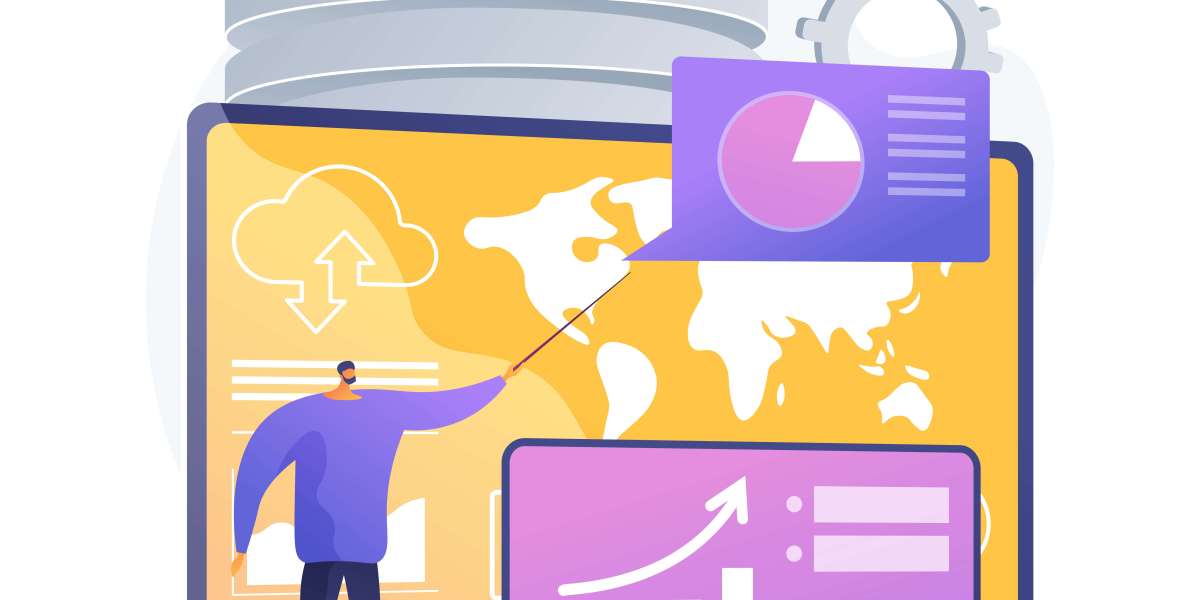In the ever-evolving world of technology, Software as a Service (SaaS) continues to be a transformative force, reshaping the way businesses and individuals access and use software applications. As we step into 2023, the landscape of SaaS is witnessing significant changes, driven by technological advancements, changing business needs, and the relentless pursuit of convenience and efficiency. In this article, we will delve into the latest SaaS trends and the evolution of Software as a Service in 2023.
The Rise of AI-Enhanced SaaS:
Artificial Intelligence (AI) is making its presence felt in virtually every industry, and SaaS is no exception. In 2023, we can expect a surge in AI-enhanced SaaS applications. These intelligent systems are designed to streamline processes, automate tasks, and provide valuable insights to users. AI-powered SaaS is set to enhance user experiences, offering more personalized and data-driven solutions.
Hyper-Personalization for Users:
Personalization has been a buzzword in the SaaS industry for some time, but in 2023, we'll see a shift towards hyper-personalization. SaaS providers are leveraging AI and user data to deliver tailor-made experiences. Whether it's customized dashboards, content recommendations, or user-specific workflows, SaaS applications will become more attuned to individual preferences and needs.
Enhanced Data Security and Compliance:
With the growing concerns around data privacy and compliance, SaaS providers are focusing on enhancing security measures. In 2023, we can expect to see more robust encryption, multi-factor authentication, and compliance features to meet the evolving regulatory requirements. Data protection is a top priority as SaaS applications handle increasingly sensitive information.
Multi-Cloud and Hybrid SaaS Solutions:
The cloud landscape is diversifying, and businesses are adopting multi-cloud and hybrid cloud strategies. SaaS providers are adapting to this trend by offering solutions that seamlessly integrate with different cloud platforms. This flexibility allows businesses to select the cloud services that best suit their needs without being locked into a single provider.
Low-Code and No-Code Platforms:
The demand for custom applications without extensive coding is growing. Low-code and no-code SaaS platforms are becoming more prevalent in 2023, enabling users with limited technical expertise to create their own applications and workflows. This democratizes software development and empowers non-developers to take control of their digital tools.
Sustainable SaaS Solutions:
As sustainability gains prominence, SaaS providers are incorporating eco-friendly practices into their offerings. Data centers are becoming more energy-efficient, and cloud providers are investing in renewable energy sources. Businesses are actively seeking SaaS solutions that align with their sustainability goals.
Collaborative Work Management:
Collaboration tools are evolving to become more comprehensive work management platforms. They offer not only communication features but also task management, project planning, and integrations with various Software development services. This convergence simplifies work processes and reduces the need to switch between multiple tools.
Advanced Analytics and Business Intelligence:
SaaS is increasingly becoming the go-to solution for data analytics and business intelligence. In 2023, we can expect SaaS applications to offer more sophisticated analytics capabilities, allowing businesses to gain deeper insights and make data-driven decisions. Visualization tools, predictive analytics, and real-time reporting will be standard features.
Remote Work Optimization:
The remote work revolution continues to shape SaaS trends. With a growing remote workforce, SaaS providers are focusing on optimizing their applications for remote collaboration, video conferencing, and project management. User-friendly and cloud-based SaaS solutions are essential for businesses adapting to the new work environment.
Subscription Model Flexibility:
SaaS providers are reevaluating their subscription models to offer greater flexibility. Businesses and individuals are demanding options for scalability, pay-as-you-go models, and shorter contract terms. This trend allows users to tailor their SaaS subscriptions to their specific needs.
Customer-Centric Support:
Exceptional customer support is a differentiator in the competitive SaaS landscape. Providers are investing in dedicated customer support teams, online knowledge bases, and interactive communities to assist users promptly and efficiently. Software development companies are placing a stronger emphasis on user satisfaction and retention.
Conclusion
In conclusion, Software as a Service is undergoing a remarkable evolution in 2023. AI, hyper-personalization, data security, and sustainability are at the forefront of these changes. As businesses and individuals increasingly rely on SaaS solutions to meet their software needs, staying up-to-date with these trends will be essential for those seeking to harness the full potential of SaaS applications. The future of SaaS is all about meeting user needs with agility, intelligence, and a commitment to delivering value. SaaS is not just software; it's a service tailored to empower users and businesses in a rapidly changing digital world.



